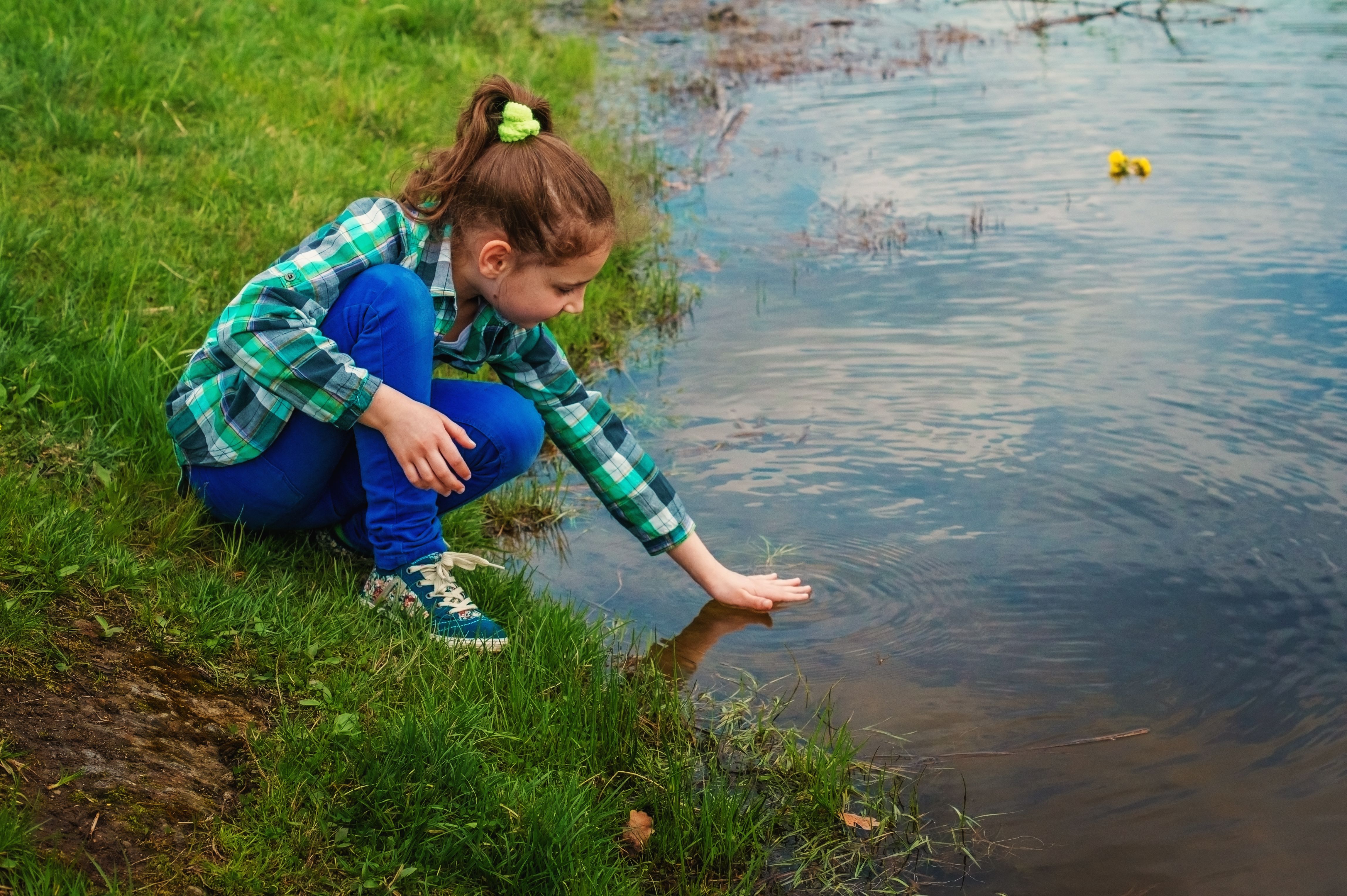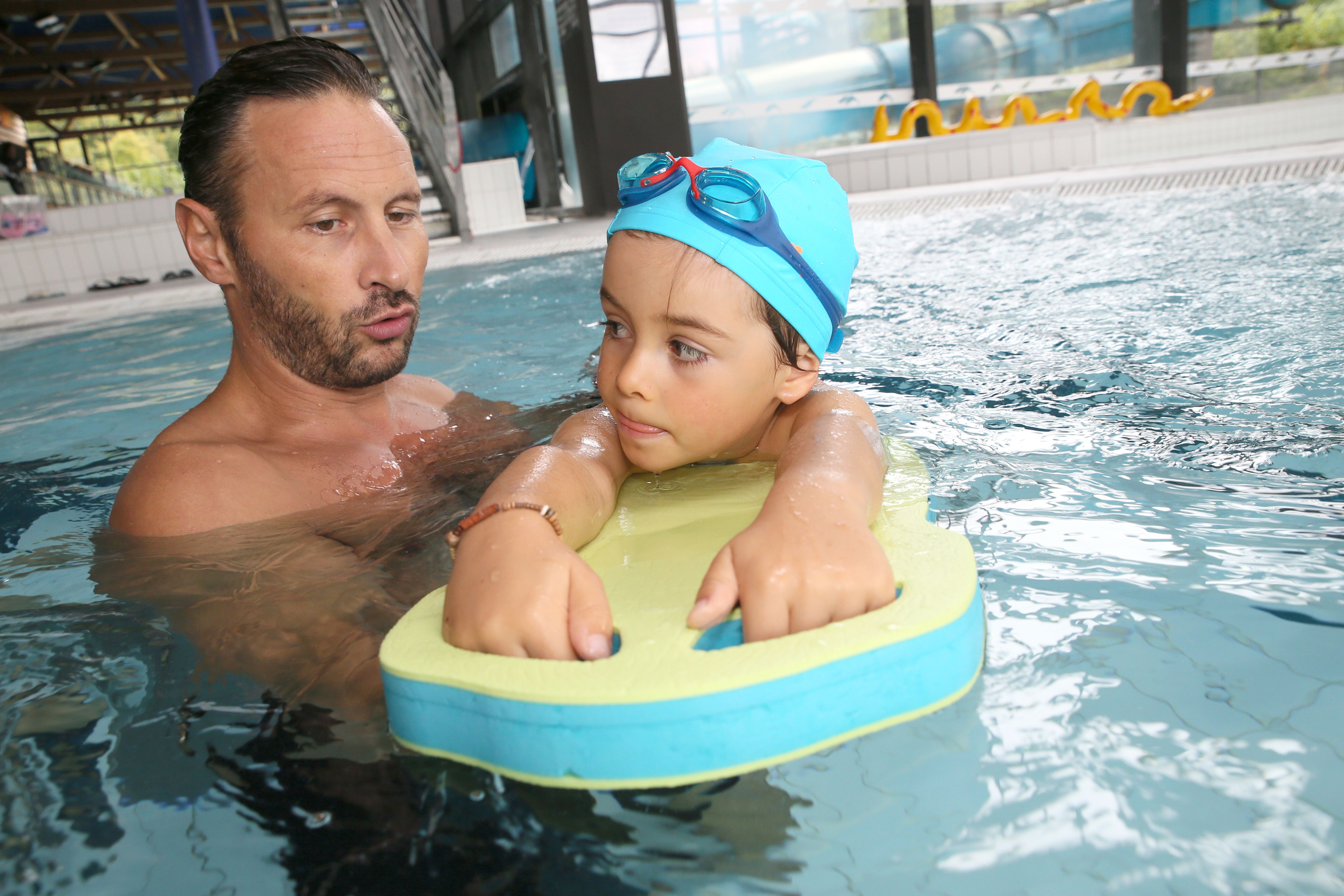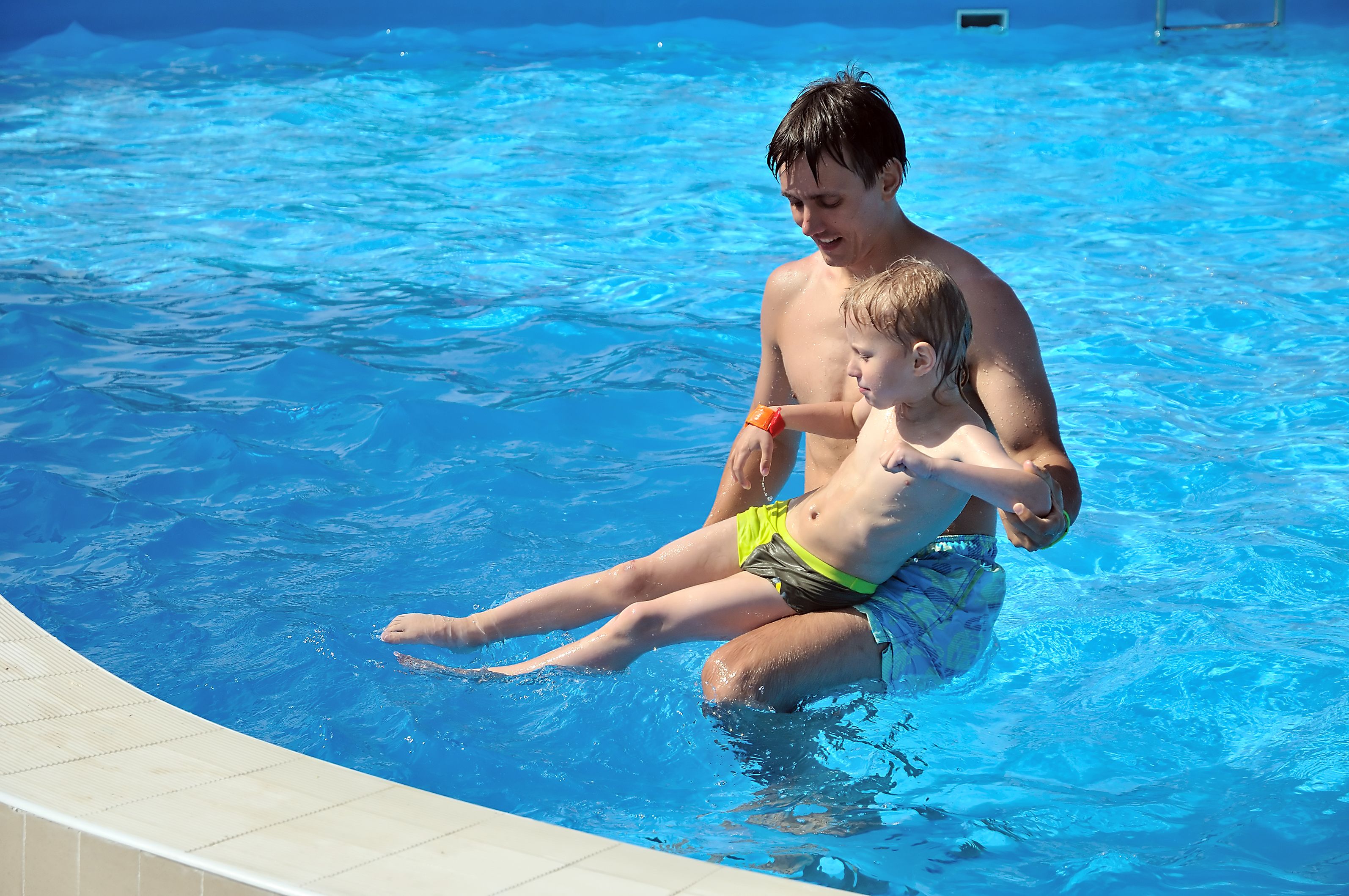These Water Safety Tips Could Save Your Special Child’s Life
Updated on March 11, 2024 
A post by AngelSense, a GPS & voice monitoring solution designed for children with special needs.
Learn more about how AngelSense’s GPS tracking device for kids can help improve your child’s safety and well-being.
Water safety is one of the most important skills you can teach your special child. This becomes especially essential during summer when water is irresistible. Not only do most children with autism have a fascination with water, but they also lack any sense of danger.

This dramatically increases the likelihood of water related tragedies and explains why drowning is one of the leading causes of death among children with special needs. In fact, between 2009 and 2011 accidental drowning accounted for more than 91% of the deaths in special needs children aged 14 and younger.
What parents need to keep in mind about water safety
Water accidents can happen in an instant. All it takes is for a caregiver to be distracted for a moment and a child can drown or wander off. In fact, it’s estimated that 90% of water related tragedies occur while a child with autism is being supervised. It’s also important to keep in mind that a child can drown without a sound which is why it isn’t always enough to be vigilant. However perhaps most frightening of all is that a child can drown in about an inch of water!
By taking the time to invest in water safety you could save your special child’s life. This way you can give your special child the necessary tools to enjoy the benefits of water without putting their life at risk.
Why most children with autism love swimming
It’s important to understand why special children are drawn to water. Sometimes children with autism will go in search of pools of water simply because they like water. Other children turn to water when they feel anxious as it tends to have a calming effect on them.
Swimming can be very theraputic for special children. The hydrostatic pressure of the water relieves sensory issues and helps a child relax. For many special needs children, this is a comforting environment which serves as a positive social outlet. Swimming and time spent in water has been found to reduce repetitive behavior while also increasingly a child’s attention span.
How can you keep your child safe in water
As terrifying as this reality is, there is a lot you can do to ensure your special children are water safe. A great place to start is by educating them about the dangers of water and teaching them to swim from a young age. Some research suggests the chances of accidental drowning are reduced by 88% in children who have had formal swimming lessons by age 4. But it takes more than swimming lessons to prevent water related tragedies.

Here are some things you can do to keep your child safe.
1. Make your child feel comfortable in water
Children with autism often have sensory sensitivity which can make them either overconfident or skeptical of water. This affects how we teach them to swim. It’s important that your child’s first experience of water is a positive one. Take the time to ease your child into the pool and ensure they’re used to the water before you attempt to teach them to swim.
One thing you can do today:
Spend 20 minutes with your child in the pool today. Be sure to remove any distractions from the area and talk to your child in a soothing tone. This is a good opportunity to teach your child about water safety.
2. Take your child for swimming lessons
While there are many useful online resources for teaching a child with autism to swim, it’s best to enrol your child in a class. There are swimming teachers who specialize in teaching children with special needs. At first it may be best to take your child for private lessons as group classes may be a bit overwhelming.
One thing you can do today:
Set aside some time to look for swimming lessons in your area. Be sure to contact your local YMCA as many offer special adaptive swim lessons to teach children with special needs to swim.
3. Make visual cue cards for your child
An effective way to reinforce what your child learns during swimming lessons is with visual cues. Start by breaking down what your child has learned into a series of visual steps. For best results, turn these visual cues into laminated cards which you can show your child at the pool.
One thing you can do today:
Show your child an online instructional video which demonstrates the basics of swimming. Have your child help you make a set of visual cue cards to summarize the video explanation.
4. Develop a swimming routine

Children with autism respond well to routine and structure. By incorporating swimming as part of your child’s weekly routine, they will begin to see the activity as something special which only happens on certain days of the week. The idea is that this will teach your child to understand that they cannot swim whenever they want, and may even discourage them from wandering into water.
One thing you can do today:
Create a monthly schedule where you allocate segments of time to regular activities like swimming lessons. This could include other activities such as bath time, supper time and bedtime. By committing to such a schedule your child will feel calmer and more relaxed.
5. Teach your child about water safety
Teaching your child how to behave when they see a body of water, whether it’s a kiddie pool or a lake, can save their life in the long run. Most children on the spectrum are rule driven which can come in handy when teaching your child about water safety.
From a young age you can start teaching your child not to go near water unless they’re accompanied by an adult. Or perhaps you might teach your child to hold your hand before getting into water. The key is to establish a set of rules and to ensure you apply them consistently.
One thing you can do today:
Take your child to the swimming pool today and say something like: You do not get into the pool without holding my hand. Hold your child’s hand and then get into the water together. Do this every time you get near the pool. This is best way to teach your child rules about water.
Ensuring your child is water safe is one of the best gifts you can give. This could not only save your child’s life, but it will ensure you have the stress-free summer you deserve.
AngelSense is committed to creating a safer world for special needs children. We designed the AngelSense GPS tracking solution to give parents the peace of mind that their child is safe at all times. You deserve peace of mind too. Try AngelSense Today.
Get peace of mind from AngelSense, the groundbreaking AI-based assistive technology designed to enhance safety and peace of mind for individuals with special needs and their families. Our solution ensures you stay connected with your loved ones, empowering a higher level of independence while maintaining safety. Learn more about how AngelSense can make a difference for your family.

